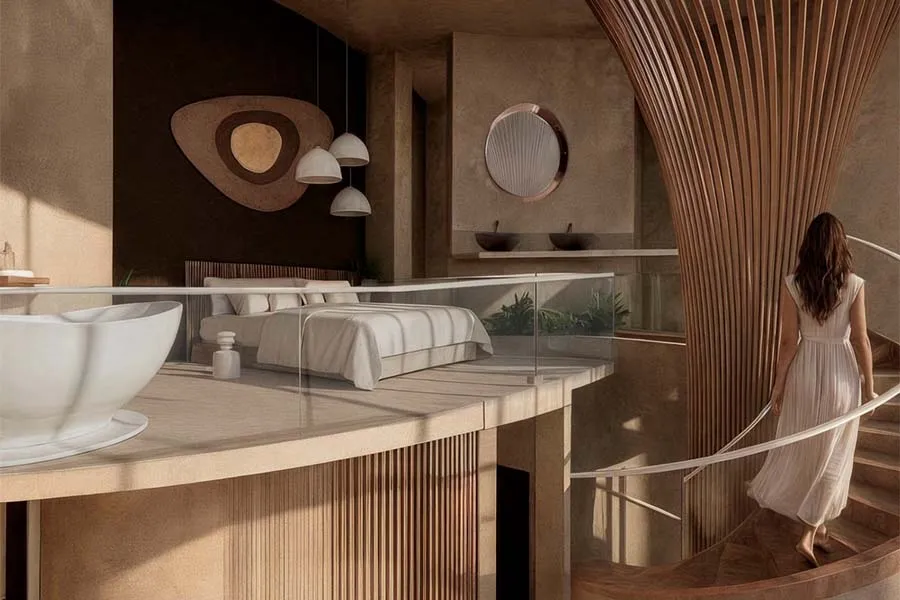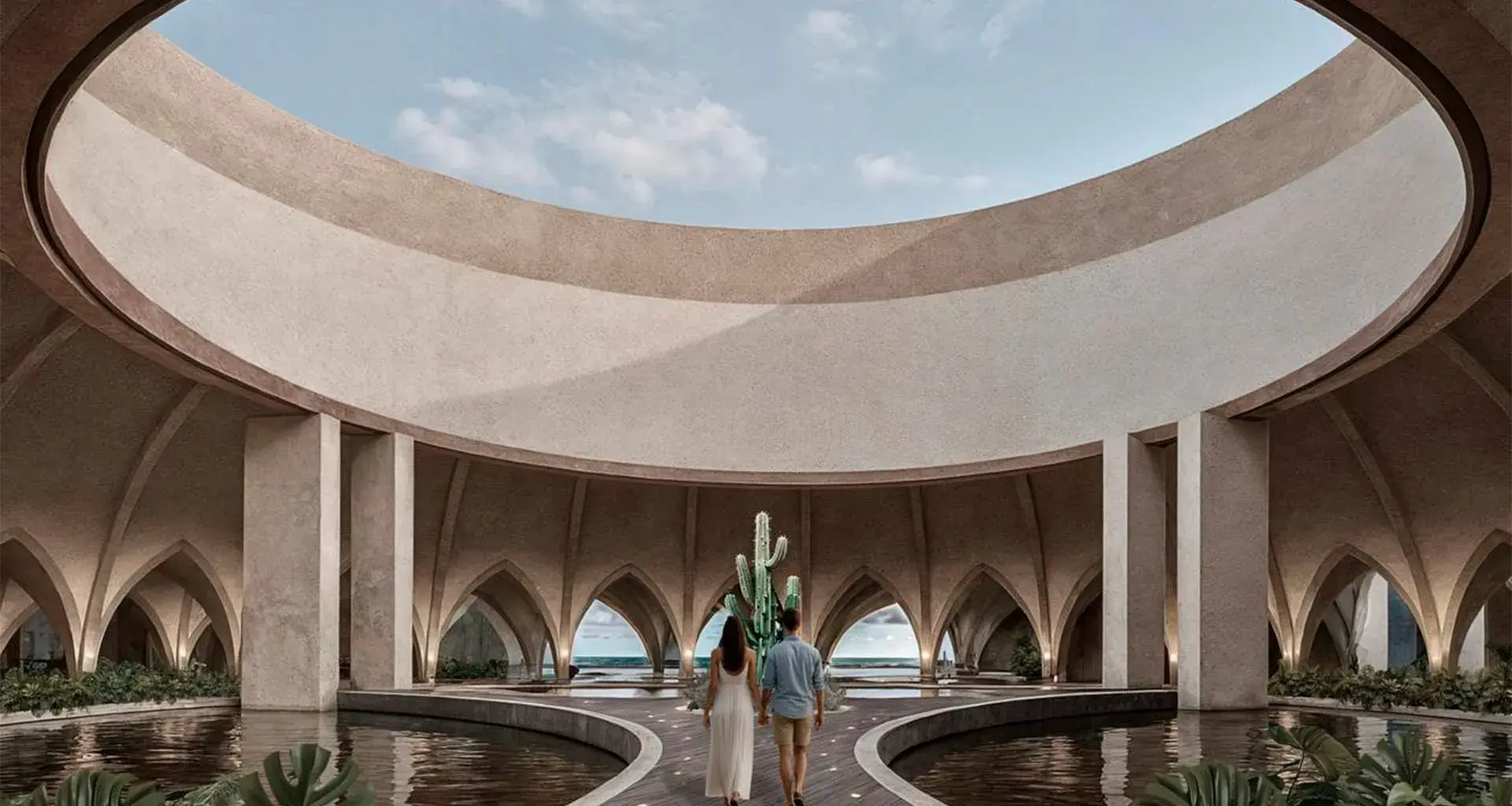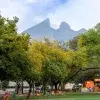Duna Sagra, a project created by graduates of Tec de Monterrey’s Toluca campus, has been named Student Project Winner at the international Radical Innovation Awards.
The awards ceremony was held in New York and organized by The Hardy Group, which showcases innovative ideas in design, architecture, and hospitality.
Designed to blend into the dunes of San Nicolás, Sonora, Duna Sagra aims to redefine the tourism experience by combining design, technology, and nature in a space that invites visitors to inhabit the desert consciously and experience it with all their senses.
“It was an amazing experience. Things went really well for us. We’re truly happy and proud to have won.
“This was an utterly amazing way to start our careers as it enabled us to be seen on the international stage and to get to know lots of people from our field.” said Gabriel.
“This was an amazing way to start our careers.”
According to Gabriel, it was a great opportunity to talk to CEOs and people from different companies in the hospitality industry, several of whom were competition sponsors.
“We’re really satisfied with the award we received at the end of the night, especially for receiving it from our mentor and jury member Mark Friesen of Beyer Brown and the team at The Hardy group, who made this competition possible,” he said.
The presentation event included several talks on innovation and hospitality, after which they were given the opportunity to show their video and pitch Duna Sagra alongside projects from the other finalists.
“Receiving the award came completely out of the blue. We couldn’t believe it when they announced Duna Sagra. We were congratulated by lots of people from the different companies sponsoring the competition. It was a very exciting moment.
“We were also really impressed by the warm welcome we received from the universities of Illinois and Nevada, who even told us about future calls and laid out the red carpet for us,” he shared.
“The goal is a hotel that respects the local community and the environment.”
The semi-buried rooms are connected via underground lounges and pathways, in contrast to the organic roofs, which replicate the shape and color of natural dunes, Gabriel explained.
According to the team, the design features two essential amenities that go beyond the conventional idea of a hotel: a semi-buried amphitheater, conceived as a public space for art and culture, and a market pier, created to function as the hub of the local economy.

According to Gabriel, the architectural proposal stands out for its completely underground main floor, which uses traditional construction methods such as pointed arches and lunar vaults to create areas reminiscent of the interior of a dune.
“A 35-meter oculus, located in the center of the hotel, collects rainwater and solar power, as well as providing fresh air and natural light.
“The goal is to build a hotel that respects the local community and the environment, complements the landscape rather than changes it, and creates the impression that it has always been there,” he said.
Its semi-buried rooms are connected via underground lounges and pathways, in contrast to the organic roofs that replicate the shape and color of natural dunes, Gabriel explained.
“The goal is a hotel that respects the local community and the environment.”
A sensory experience
According to the team, the design features two essential amenities that go beyond the conventional idea of a hotel: a semi-buried amphitheater, conceived as a public space for art and culture, and a market pier, created to function as the hub of the local economy.
This hotel will be built on a smaller dune with rock deposits, avoiding ecologically vulnerable areas.
“The pier and amphitheater decks absorb rainwater and solar power, strengthening the project’s sustainability.
“Our hotel transcends the typical concept of a ‘luxury getaway’ by offering a distinct sensory experience,” he concluded.
ALSO READ:





